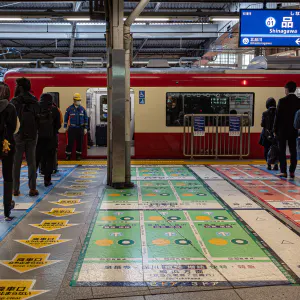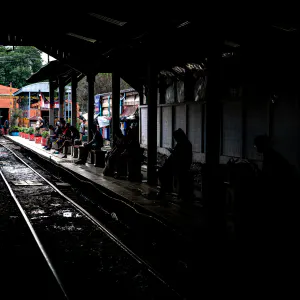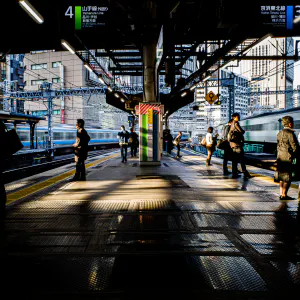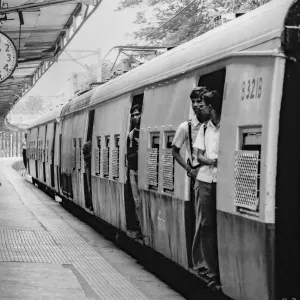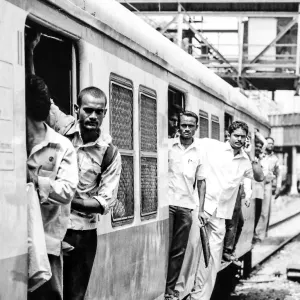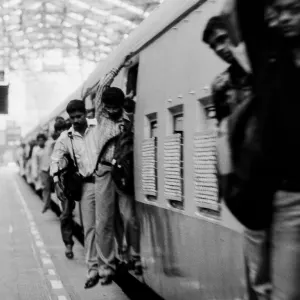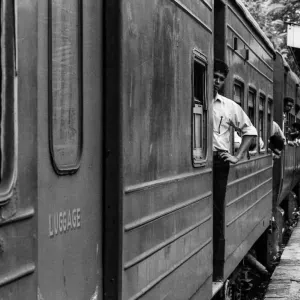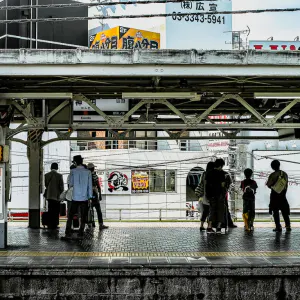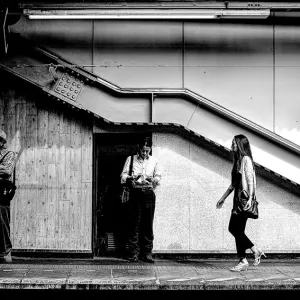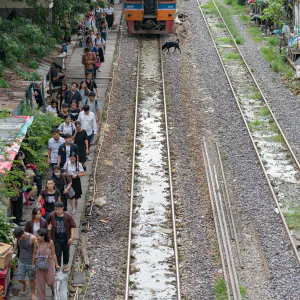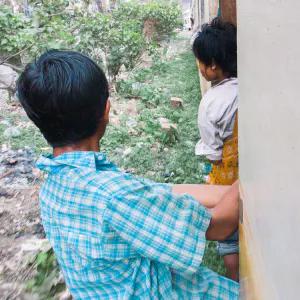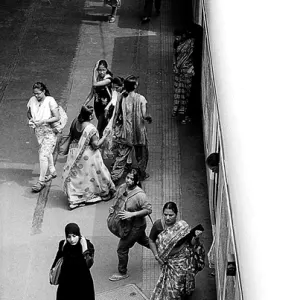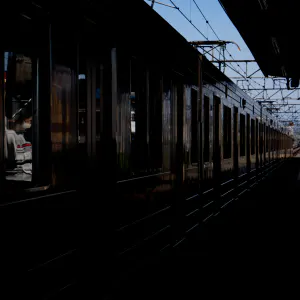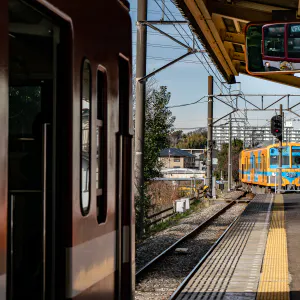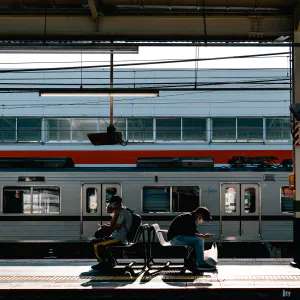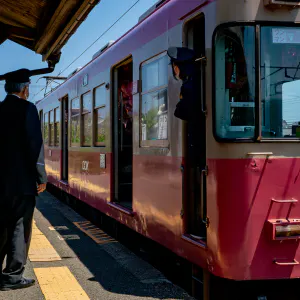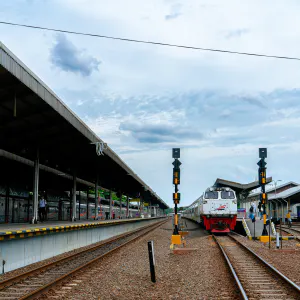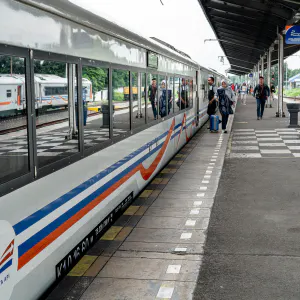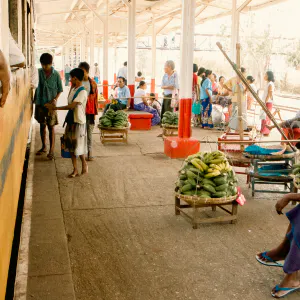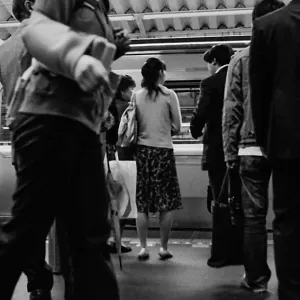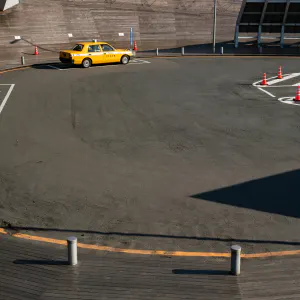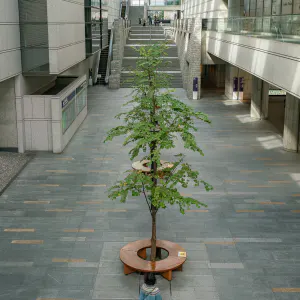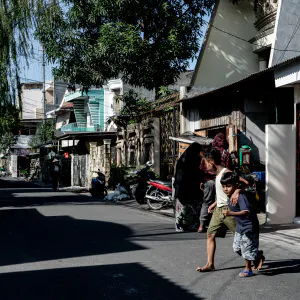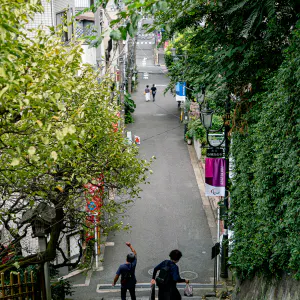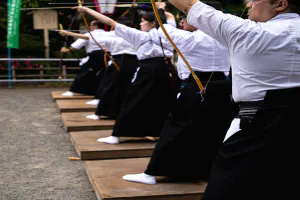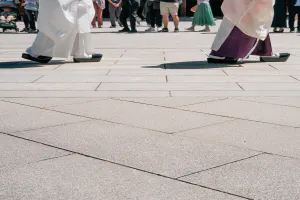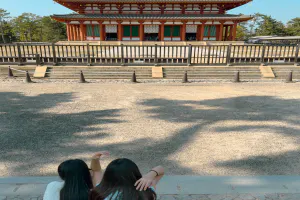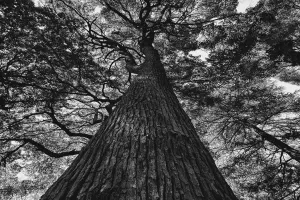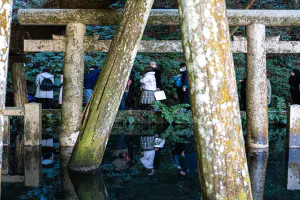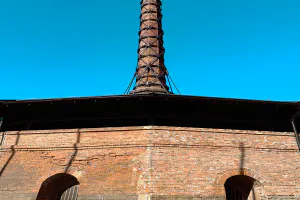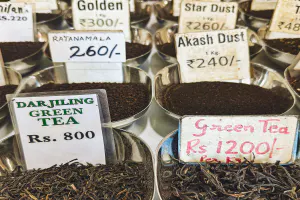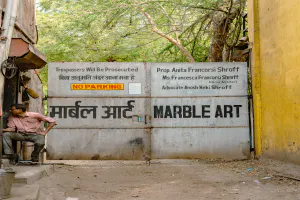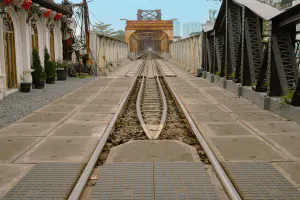The doors of the Saikyo Line coming into Jujo Station were open and passengers were getting off the train
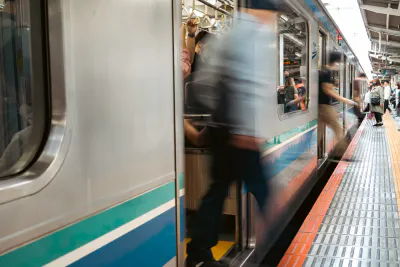
I was born long after the end of World War II, so it may not be clear to me, but the areas around Akabane and Jujo in Tokyo used to be military capitals. The term "military city" refers to a place where the military and its related facilities were concentrated. The Self-Defense Forces' Jujo Garrison is still located in Jujo, but there were many more military facilities in the Jujo and Akabane areas before World War II.
The Tokyo First Army Arsenal and the Tokyo Second Army Arsenal were located in this area, but many of these facilities have had no connection with the SDF since the war. What is interesting is that even though they are used for other purposes, some of the buildings from those days still remain, and one can still feel the vestiges of the military city.
For example, the chalk building of the Kita Ward Chuo Park Cultural Center used to be the headquarters of the Tokyo First Army Arsenal, and the red brick part of the Kita Ward Central Library used to be the former No. 275 building of the Tokyo Artillery Arsenal. Among these, I was intrigued by Kaga Park in Itabashi Ward, Tokyo. Located across from a junior high school, this tranquil park used to be the Itabashi Gunpowder Factory of the Tokyo Second Army Arsenal. The ballistic tubes and laboratory tubes where ballistic inspections were conducted still remain on the former site.
Traces of the military city can be found in unexpected places. I came to Jujo Station to go home, and found traces of the former military city in an unexpected place. This station was originally a freight station that handled cargo shipped from and arriving at the Tokyo Artillery Arsenal. Surprisingly, the station, where many people were waiting for their trains, also had a history of being a military town.
| Dec 2023 IN THE CITY TOKYO | |
| JUJO PASSENGER PLATFORM STATION TRAIN |
PHOTO DATA
No
12543
Shooting Date
May 2023
Posted On
December 6, 2023
Modified On
December 10, 2023
Place
Jujo, Tokyo
Genre
Street Photography
Camera
SONY ALPHA 7R V
Lens
ZEISS BATIS 2/40 CF
